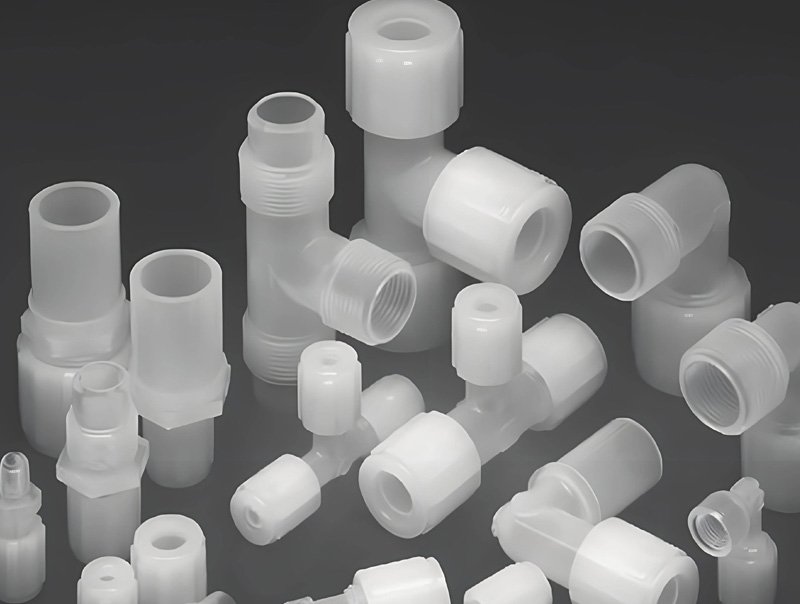INTRODUCTION TO PFA
PFA, the scientific name is perfluoroalkoxy alkane, commonly known as “meltable polytetrafluoroethylene” or “perfluoroplastic”. It inherits almost all the excellent properties of PTFE (polytetrafluoroethylene), while overcoming the disadvantage of PTFE not being melt processed. PFA can be molded through injection molding, extrusion, blow molding, and other processes like traditional plastics, making it a top tier fluoroplastic material for manufacturing high-purity, high-performance, and complex shaped parts.

